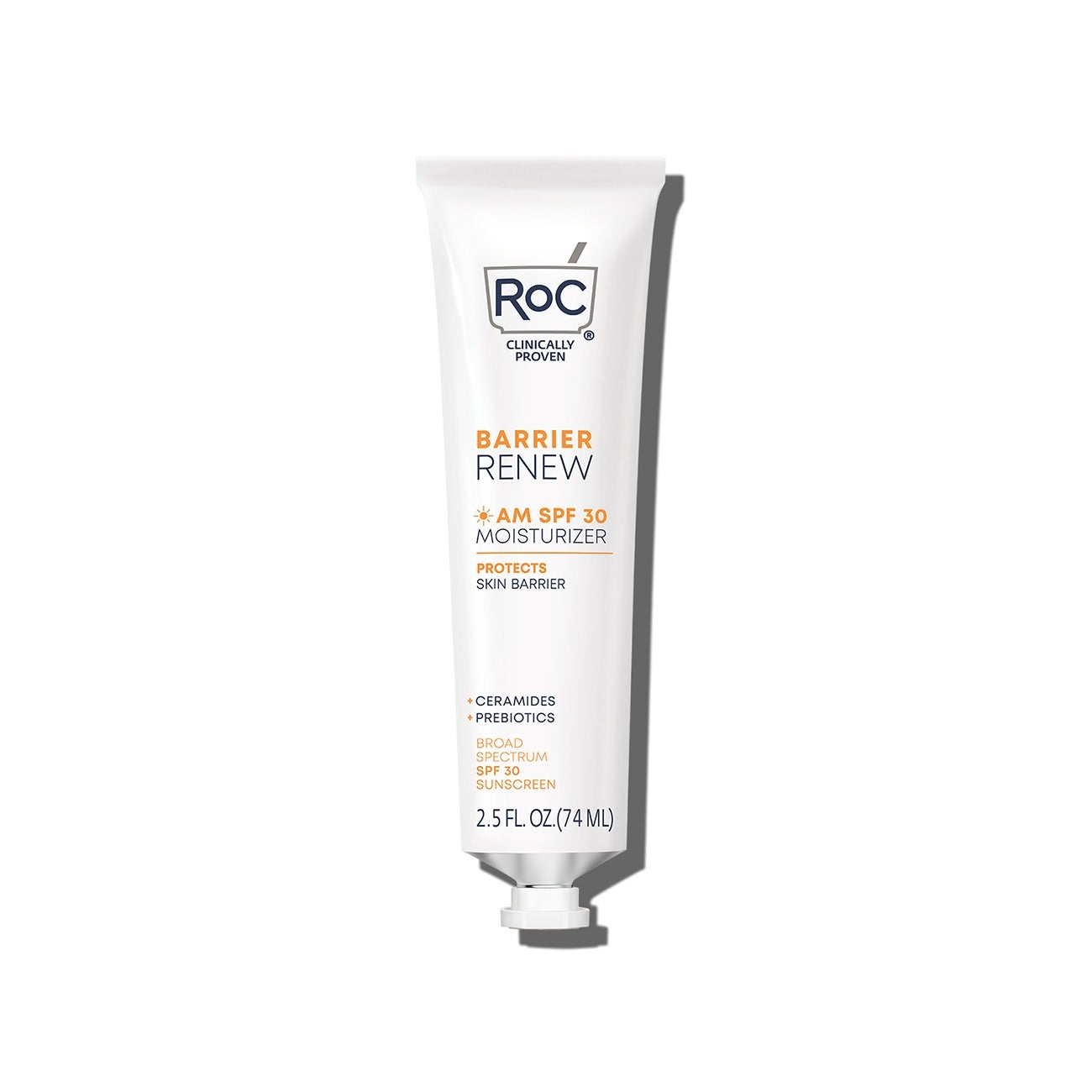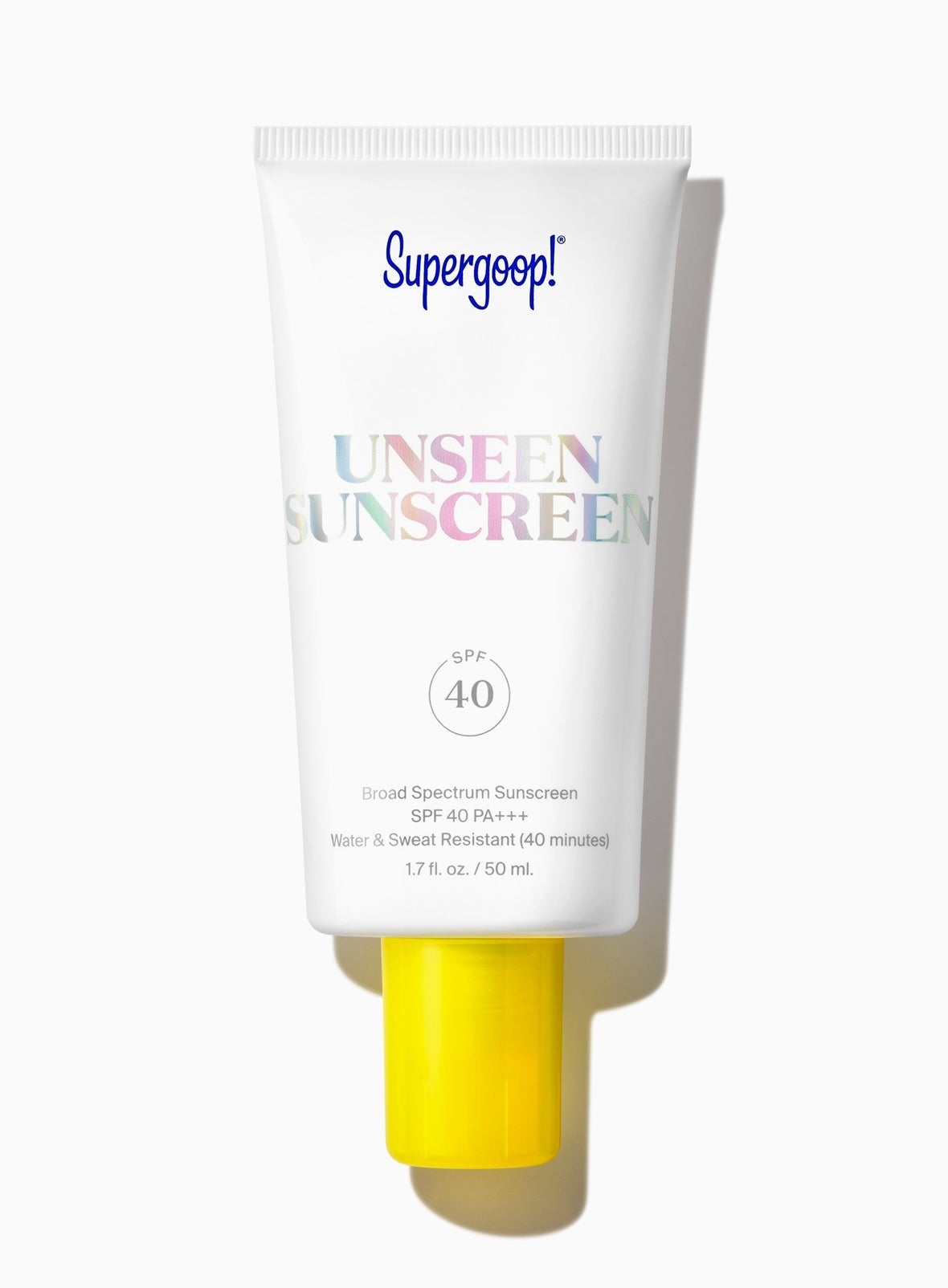Welcome to Sun Blocked, Refinery29’s global call to action to wake up to the serious dangers of tanning. No lectures or shaming, we promise. Instead, our goal is to arm you with the facts you need to protect your skin to the best of your ability, because there’s no such thing as safe sun.
In 2021, 35-year-old Dr. Muneeb Shah, aka @dermdoctor, a US-based doctor and dermatologist, was diagnosed with basal cell skin cancer. Here is his story.
I grew up in New York and thanks to Jersey Shore, being tanned was a “cool” thing to do. “Gym, tan, laundry” was baked into the culture. Before I became a dermatologist, I had a Planet Fitness membership and it came with unlimited tanning. Every single time I’d go to the gym in high school, I would end my session by going on the tanning bed for 10 minutes. I remember there being a newspaper article pinned to the door of the tanning booth; it claimed that tanning can actually be good for your skin and body. As a vain teenager, I was heavily influenced. I genuinely didn’t know that tanning was bad for you, and I must have gone inside that tanning booth at least a hundred times. I never thought that I would be diagnosed with skin cancer at 31.
AdvertisementADVERTISEMENT
I was in my dermatology training at the time and learning how to identify skin cancer in patients, when I noticed a pink spot on my chest. It didn’t look scary — it was simply a pink, itchy bump that could be mistaken for a pimple or an ingrown hair. I kept an eye on it, and one day when I happened to scratch it, the surface came off easily and it started to bleed. I tried to look at it with my phone and my dermatoscope, a tool that helps to magnify the blood vessels within the lesion. That’s when I started to think, Maybe this is skin cancer.
I was surrounded by dermatologists during my training, so I started showing it to people. A few of them said that it didn’t look quite normal but they weren’t like, “Slam dunk this is skin cancer!” The bump stuck around for another two months until I decided to book in for a biopsy. One day, at the end of the clinic, I was taken into a room and given a little bit of lidocaine numbing medication, then the dermatologist took a blade, scraped off the pink bump and sent it off for sampling. My top suspicion was that this was going to be a basal cell skin cancer (the most common form of skin cancer) or squamous cell skin cancer (the second most common form of skin cancer, which starts as a growth of cells). I tend to give counselling to the patient before I know the diagnosis, so I was doing that to myself in a way. It took three days for the results to come back and it was as I had suspected: a basal cell skin cancer.
AdvertisementADVERTISEMENT
“
I have a South Asian background and no one in my family has ever had skin cancer. Protecting yourself from the sun is not something that we had ever talked about as kids.
”
When the doctor called me, I was like, “There’s no way! There’s just no way that I actually have skin cancer.” I even asked them to send me the pictures of the slides underneath the microscope so that I could see it for myself. Then it hit me. I was so surprised and at that point, I started to get worried about how deep it had spread. The thing with basal cell skin cancer is that it can invade the skin; a biopsy is only a small sample of it. Basal cell skin cancers often come back aggressively when they aren’t entirely removed.
There are a range of options for treating skin cancers: You can have topical treatments or electrodesiccation and curettage (ED&C), otherwise known as a “scraping and burning,” for example. I decided I wanted Mohs surgery (a controlled surgery used to remove skin cancer) so that it was completely gone, because I knew the worst case scenario. I was pretty adamant at getting it excised and I got it cut out in the clinic in between patients. I got stitched up and went back to seeing patients that same day. My recovery wasn’t too painful, but the wound was right in the centre of my chest where there is lots of tension. Every time I moved my arms I was at risk of opening up the site or spreading the scar. My stitches got infected and I started to develop a wound which oozed pus and I soon needed antibiotics. I now have a scar that’s about five centimetres long. I always tell patients that there isn’t a surgeon who can guarantee that you won’t have a scar post-surgery.
AdvertisementADVERTISEMENT
I have a South Asian background and no one in my family has ever had skin cancer. Protecting yourself from the sun is not something that we had ever talked about as kids. I also played soccer my whole life and never wore sunscreen during matches. It wasn’t baked into my culture as something that was important. We tell patients that those with lighter skin tones are more likely to develop skin cancer, but the reality is that you can develop skin cancer no matter what your skin tone is and everyone should protect their skin from the sun. Since my diagnosis, I’ve become very particular about taking care of my skin and I get regular mole checks once a year. In fact, I’m pretty paranoid now. For men, the most common site for skin cancer is the back and for women it’s the legs. These areas are more challenging to see, so it’s always important to check your body. As well as regular checks, I wear sunscreen every single day, especially on my face and hands and anywhere that is getting sun exposure.
“
As a dermatologist, getting skin cancer gave me a new perspective. A lot of people think it’s not going to happen to them, but it’s a very real possibility.
”
A common misconception is that those with darker skin tones won’t develop skin cancer, but I’m proof that it doesn’t matter who you are. That’s why it’s frustrating when celebrities like Kim Kardashian share that they have a tanning bed. People think, If she’s doing it then I can do it — and she looks great. On the flipside, you have Khloe Kardashian sharing that she has had skin cancer on her cheek. As well as skin cancer, UVA light from tanning beds causes collagen depletion, which can age you considerably. If you have darker skin, you’re more likely to develop melasma and hyperpigmentation from UV, too. What’s more, using tanning beds to treat psoriasis like Kim Kardashian is an antiquated way of thinking. Yes, we still use UV to treat psoriasis in the clinic, but it’s narrow band UVB light in a very specific wavelength. This is safer and only targeted at the psoriasis plaques. We’re not using it like a tanning bed that damages everything in its path. I don’t think that a tanning bed is a good excuse. Any sunburn or tanning bed session can increase your risk of skin cancer. In fact, just one session alone can cause skin cancer. Any time you’re putting that kind of stress on your DNA, it may never repair itself. It would be my preference as a dermatologist that tanning beds be banned, but at the very least, you should have to be 21 to use one.
AdvertisementADVERTISEMENT
The reason why I’ve decided to share my story is because it’s important to be transparent. As a dermatologist, getting skin cancer gave me a new perspective. A lot of people think it’s not going to happen to them, but it’s a very real possibility. Had I known when I was much younger that tanning beds cause skin cancer, would it have changed my behaviour? I don’t know the answer to that. What I do know is that we need to be more concerned about skin cancer. I always tell patients that they can’t stop living their life; go on hikes, enjoy your vacation, but be more cautious. Make sure you aren’t putting on tanning oils or going to tanning booths, and always reapply sunscreen when you’re out in the sun.
In my experience, you have to want to wear SPF, so find one that you love and wear it every day. Just make sure that it’s at least SPF 30 and broad spectrum, so it protects against UVA and UVB. Find something that’s affordable, too. ROC Skincare Barrier Renew AM Moisturizer SPF 30 is a new chemical sunscreen that comes in in a large tube, blends really well and is affordable. Elta MD is one of my favourite brands, too, and it makes both chemical and mineral sunscreens. I also like Supergoop! Unseen Sunscreen, which is a clear gel. CeraVe, Cetaphil and Neutrogena all make great sunscreens. No matter who you are, make wearing sunscreen a part of your daily routine — like brushing your teeth every morning. Wear it, stay safe in the sun, avoid tanning beds and use me as an example so that you don’t develop skin cancer in later life.



